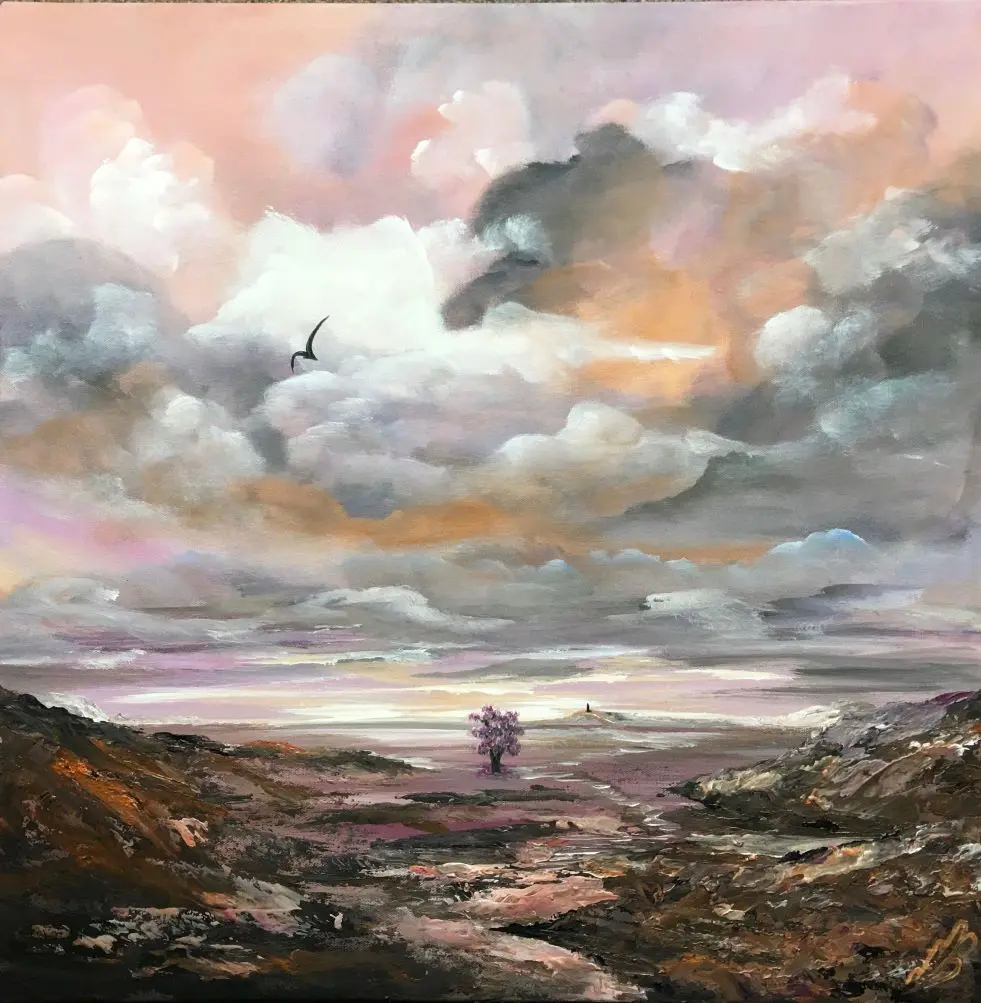Any artist needs to achieve visibility in an audience by using the right platform to showcase the given artwork. Some of the most popular options are Instagram, Behance, and Discord, providing unique qualities that can help an artist appeal even more to a broader crowd. Each of these platforms suits different kinds of engagement and types of artistic expression, which can help an artist find their best audience.
Instagram’s visually focused platform and hashtag system can help artists get the word out to a larger population. By contrast, Behance represents a business network that appeals to high-caliber work and employment, thus it is ideal for some pursuing a creative career. Discord helps build community through direct engagement with fans and other artists in a nurturing space for sharing and feedback.
In a nonstop, digital world with so many options, choosing where to post the artwork can make or break an artist.
This knowledge of platform strengths can give artists a promotional advantage as they develop their presence and connect with future audiences and collaborators.
Online Platforms for Artists
Most artists are looking for ways to present their work on the web. The right platform can do wonders to showcase their work, meet other creators, and even sell artwork. Here are some major types of online platforms that are ideal for artists.
Social Media Networks
Artists trying to target a large audience will rely heavily on social media networks. Whether posting a few pillar news articles to Instagram, Facebook, or Twitter, it’s already easy to share images and facts with your followers. Artists can upload their work, follow trends, and use hashtags to expand outreach.
Pros:
- Wide audience reach
- Ability to interact with fans directly
- Features like stories, reels, and live sessions for promotions
However, competition is fierce. Artists should post regularly and engage meaningfully to stand out.
Dedicated Art Communities
Dedicated art communities provide spaces specifically designed for artists. Platforms such as DeviantArt and ArtStation allow users to showcase their portfolios.
These sites often have features like galleries, critiques, and forums, fostering a sense of community among artists.
Benefits:
- Targeted audience interested in art
- Opportunities for feedback and critique
- Participation in challenges to boost visibility
Such platforms can immensely help artists network with similar creators, making it easier to share ideas and techniques.
Personal Websites and Blogs
Establishing your own website or blog allows artists to take full ownership of their online presence. They can curate their galleries, blog about their creative processes, and even sell their work directly. With tools like Squarespace or WordPress, artists can create pretty websites without knowing how to code.
Benefits:
- Control of layout and design
- Tell their story, connect with visitors on a human level
- eCommerce options to sell art directly
A well-thought-out personal site can provide an artist portfolio in addition to acting as a marketing tool, allowing artists to stake out a professional presence.
Physical Spaces for Displaying Art
Finding the right physical spaces to showcase artwork can enhance visibility and attract potential buyers. Here are some effective venues to consider for displaying art.
Local Art Galleries
Local art galleries serve as prime locations for artists to exhibit their work. These venues typically focus on showcasing art from regional creators. Artists can benefit from the existing clientele that frequent galleries, expanding their audience.
To get started, artists should research galleries that align with their style. Many galleries require a submission process, so it’s crucial to prepare a strong portfolio. Creating a professional relationship with gallery owners can lead to future opportunities.
Some galleries may also host special events or open nights, providing artists a chance to present their work directly to the community.
Community Centers and Local Events
Many local artists are invited to exhibit in local community centers. These places are within easy reach and regularly frequented by people living in the area.
They may also lead art classes, workshops, and cultural events, establishing a close connection with the community. Artists who want to use a wall or a display area can ask for this to happen.
Holding exhibitions in community events like fairs and festivals creates an open space with art appreciators to directly engage. It’s a great opportunity to connect, get feedback, and even sell work. Involving community centers can also bring partnerships with other local artists, adding depth to the experience and increasing exposure.
Art Fairs and Festivals
Art fairs and festivals are bustling spaces for artists to exhibit their work.
Such events attract large audiences, providing artists with a distinctive perspective to display their skills. Most programs for these events require registration, and possibly a fee. Artists should present their work attractively to make it appropriate. This might be achieved through eye-catching displays.
In addition, art fairs also promote community connectivity. It’s incredible to meet other creators and artists who share experiences. They might also glean useful insights into trends and buyers’ interests in the art market.


